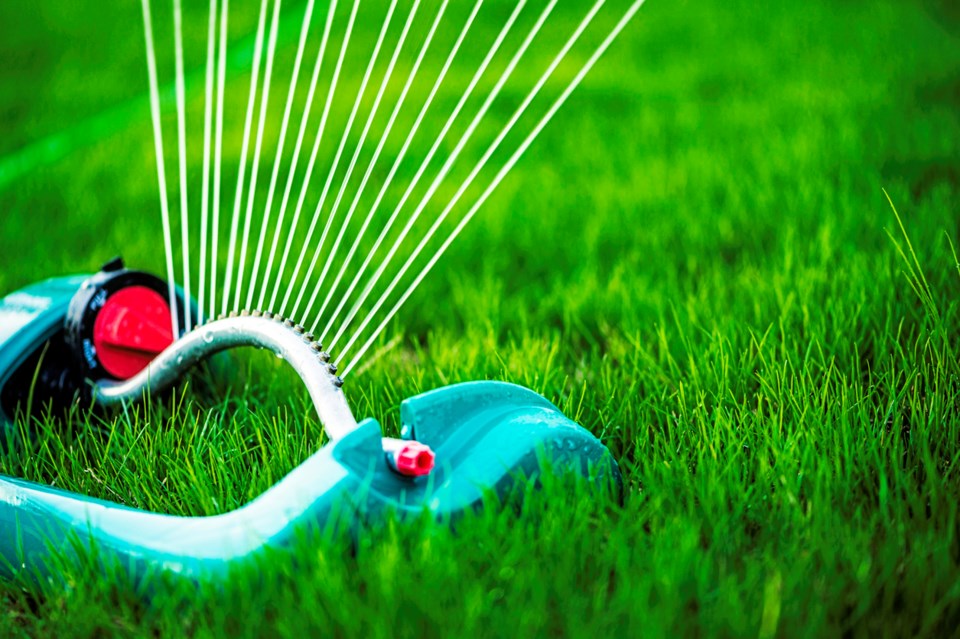Metro Vancouver’s lawn watering regulations go into effect today and will remain in place until mid-October.
Residents can water their lawn two mornings per week while watering trees, shrubs and flowers is limited to mornings only when using a sprinkler.
An hour of rain or watering per week is all your lawn needs to remain healthy, according to the regional authority.
The regulations for residences include:
• Even-numbered addresses Wednesday and Saturday mornings 4 a.m. to 9 a.m.
• Odd-numbered addresses Thursday and Sunday mornings 4 a.m. to 9 a.m.
• Watering trees, shrubs and flowers is permitted any day, from 4 a.m. to 9 a.m. if using a sprinkler, or any time if hand watering or using drip irrigation. All hoses must have an automatic shut-off device.
The regulations for non-residences include:
• Even-numbered addresses: Monday mornings, 1 a.m. to 6 a.m. and Friday mornings, 4 a.m. to 9 a.m.
• Odd-numbered addresses: Tuesday mornings, 1 a.m. to 6 a.m. and Friday mornings, 4 a.m. to 9 a.m.
• Watering trees, shrubs and flowers is permitted any day, from 1 am to 9 am if using a sprinkler, or any time if hand watering or using drip irrigation. All hoses must have an automatic shut-off device.
“Lawn watering regulations have resulted in significant reductions in peak summer water demand and we encourage people to continue respecting these seasonal regulations, especially as we experience hotter and drier summers,” said Malcolm Brodie, chair of Metro Vancouver’s water committee, in a news release. “Impacts of climate change result in longer dry spells in the summer, meaning we all have to do our part to conserve water when we can.”
Metro Vancouver's drinking water supply relies on snowpack, as well as cumulative precipitation, to bolster the water levels in the three reservoirs that supply the region’s drinking water.
Recent snowpack surveys conducted in the Capilano, Seymour and Coquitlam watersheds in early April show snowpack levels are slightly lower than average for this time of year, but reservoir levels are expected to reach 100 per cent by June.
Metro Vancouver’s three alpine lakes — Palisade, Burwell, and Loch Lomond — which are used as reserves for the Capilano and Seymour reservoirs in late summer, are also anticipated to be at full capacity by early summer.
“Long-range climate projections show that our region can expect more than double the number of summer days above 25 degrees in the future,” Brodie said. “Implementing good conservation habits today will better allow us to continue to meet our region’s water needs in the future. It’s the right thing to do.”
A news release from Metro Vancouver suggests that although the region’s population continues to grow, overall water demand has historically remained relatively steady and is generally offset by conservation measures.
Overall consumption is increasing gradually, however, as the effect of the rate of population growth on water demands begins to exceed the per capita water use reductions.
Local governments throughout Metro Vancouver enforce the lawn watering restrictions through local bylaw regulations.
For more information log on to www.metrovancouver.org and search “watering regulations.”



